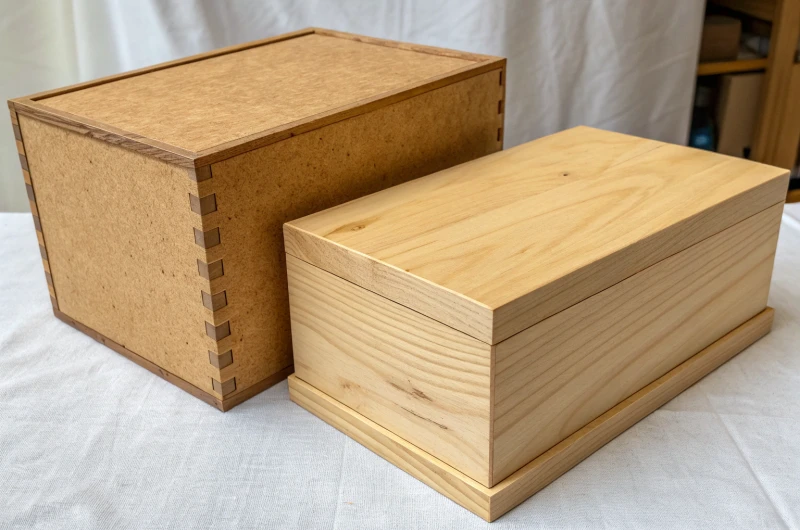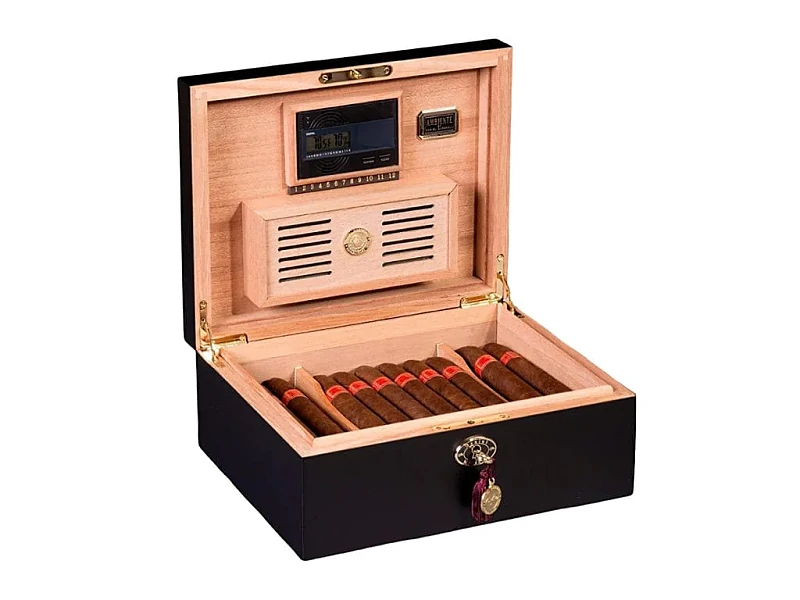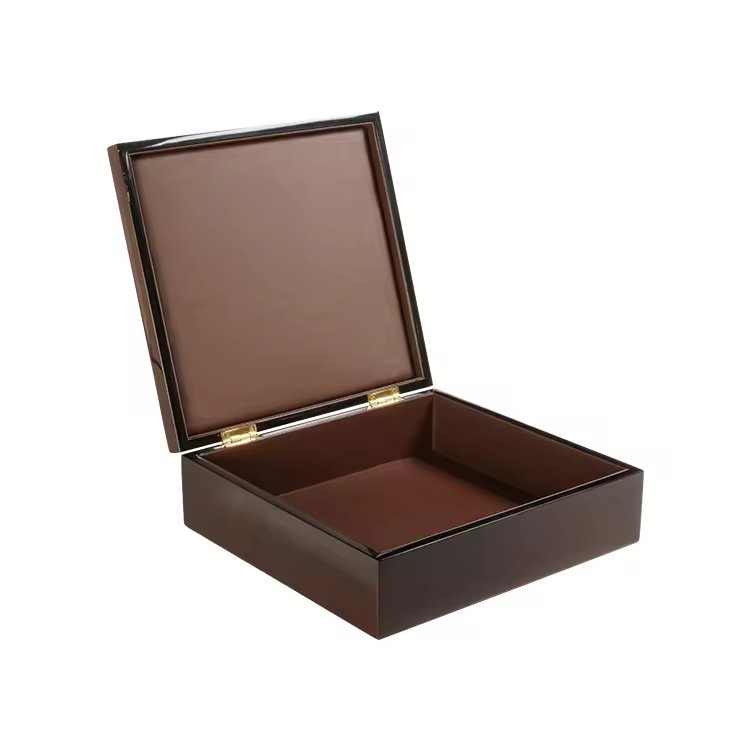
Luxury wooden packaging often looks like pure art, but cost can quietly turn it into a problem.
The optimal solution lies in balancing artistry with commercial sense: prioritizing design elements that enhance brand value while controlling costs with modularity and material choices.
This balance creates a box that looks premium but remains profitable for the client.
Why do brands often overestimate the value of extreme artistry while underestimating cost impact?
A beautiful idea is not always a sustainable business choice.
Brands often overestimate extreme artistry because they focus on visual impact while underestimating the long-term cost impact in production and logistics.
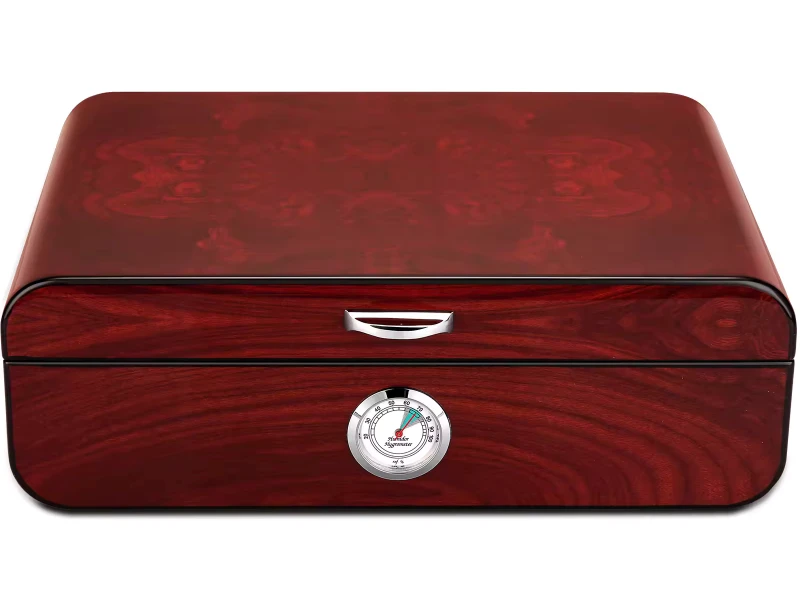
I have seen many luxury clients fall in love with artistic sketches — full-surface inlays, heavy exotic wood, or multi-step engravings. On paper, they look stunning. But in practice, such artistry can double production time, require rare materials, and make shipping much more expensive. Often, the brand assumes the extra cost will be absorbed by higher sales, but that is rarely guaranteed.
For example, one jewelry box project specified full gold-plated hinges and deep engraving on all surfaces. The unit cost jumped by 80%. The final product was indeed beautiful, but the retail price increase did not match the sales boost. The client later admitted that a more focused design would have been enough to impress customers at a lower cost.
Common Cost Traps of Extreme Artistry
| Artistic Feature | Hidden Cost Impact |
|---|---|
| Full inlay across surface | Labor-intensive, fragile to ship |
| Solid exotic wood | High material cost, import restrictions |
| Heavy metal parts | Increased shipping weight and cost |
| Multi-step finishing | Longer lead time, higher reject rate |
True luxury is not always about “more.” It is about smart choices that balance artistry with cost.
How can modular design principles reduce cost without limiting creative expression?
Creativity does not need to mean complexity.
Modular design allows creative freedom by reusing core structural parts, while customizing finishes or accessories to create unique artistic expressions.
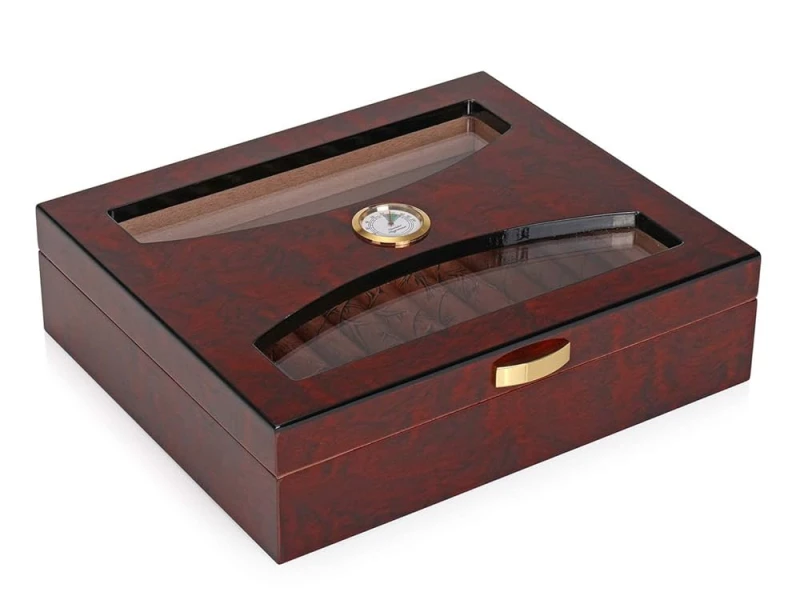
When I propose modular design, some clients worry it will limit creativity. In fact, the opposite is true. By creating a strong base structure that can be reused across collections, we reduce tooling costs, streamline production, and speed up delivery. On top of that, we can change veneers, finishes, or accessory details to create very different looks.
For example, I worked with a wine brand that used the same core box structure for three different collections. One version had a natural oak veneer with matte finishing, another had piano lacquer with brass accessories, and the third had leather wrapping. Customers saw them as unique products, but the brand saved 25% on structural cost.
Modular Design Strategy
- Core box reuse: One structure serves multiple product lines.
- Interchangeable finishing: Paint, veneer, or leather variations.
- Flexible accessories: Hinges, locks, and logos swapped easily.
- Reduced tooling: Fewer molds and prototypes needed.
This approach proves that modularity is not a compromise but a smart way to balance creativity and cost.
What role does selective craftsmanship (e.g., partial inlay, limited engraving) play in balancing both sides?
Not every surface needs to be decorated.
Selective craftsmanship focuses artistry on key areas — like lid inlay or logo engraving — delivering impact without overwhelming cost.
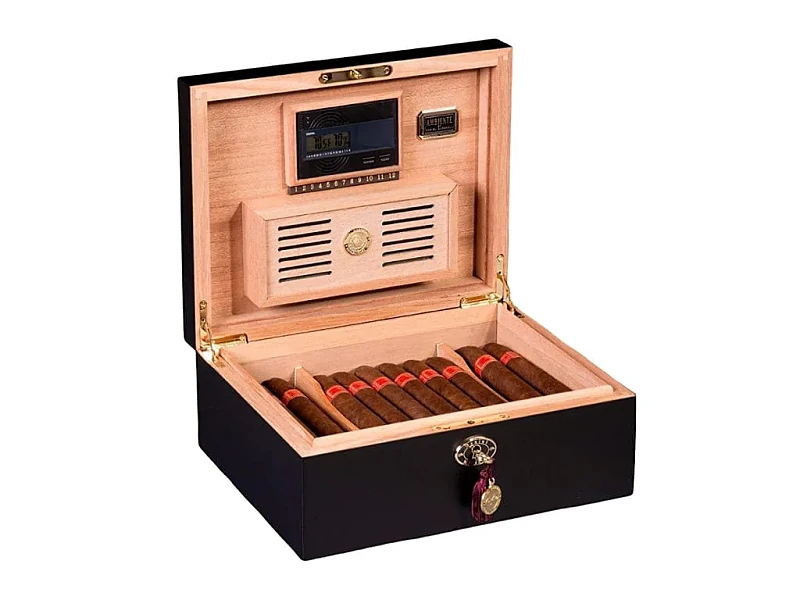
Luxury packaging often suffers from “too much art everywhere.” But when artistry is concentrated in the right places, it becomes more striking. For instance, a partial inlay on the lid can create a premium highlight, while leaving the sides simple saves cost. Similarly, engraving a logo plate instead of the whole surface makes the brand stand out at lower expense.
I worked on a perfume box series where the client wanted full floral engraving. I suggested engraving only the lid center and using a subtle matte finish on the rest. The result looked elegant and unique, but the cost dropped by 40%. The client was surprised at how minimalism enhanced luxury.
Effective Use of Selective Craftsmanship
- Lid highlight: Inlay, engraving, or metal plate.
- Logo emphasis: Foil stamping or embossed badge.
- Edge detail: Contrasting paint or veneer strip.
- Inside luxury: Velvet or PU lining adds hidden value.
Selective artistry proves that less can be more — and more affordable.
Luxury does not always mean solid exotic wood.
Premium veneers over engineered cores often deliver the same luxury look as solid exotic wood, but at a fraction of the cost and weight.

Many brands initially ask for solid mahogany, rosewood, or ebony. These woods are expensive, heavy, and sometimes restricted by regulations. Instead, premium veneer over MDF or plywood achieves a similar effect with greater stability and cost savings. Veneer also allows more creative combinations, like book-matching patterns or contrast inlays.
For example, a cigar box project specified solid rosewood. After calculating, we showed the client that using rosewood veneer over MDF reduced cost by 45% while avoiding warping issues. The final product looked identical to solid wood and was easier to ship globally.
Material Comparison
| Option | Aspect et sensation | Impact sur les coûts | Practical Issues |
|---|---|---|---|
| Solid exotic wood | Authentic, heavy luxury | Très élevé | Warping, import limits |
| Veneer + MDF/plywood | Identical luxury look | Moyen | More stable, eco-friend |
| Eco alternatives | Sustainable brand appeal | Moyen - Faible | Limited finish options |
By choosing smart material substitutions, brands can maintain artistry while making projects commercially viable.
Why is it important to define ROI: which artistic elements truly enhance brand perception and sales?
Not every artistic feature converts into sales.
Defining ROI clarifies which artistic elements directly enhance brand perception and customer willingness to pay, preventing wasted budget on low-impact details.

I always ask clients: “Which feature will your customer actually notice, and which will influence their buying decision?” Many times, buyers cannot see the difference between 12 or 14 lacquer layers, but they notice a sharp, centered gold logo immediately. Defining ROI forces us to focus on artistic choices that bring measurable returns.
ROI Evaluation Example
| Artistic Feature | Customer Perception Impact | Sales ROI Potential |
|---|---|---|
| Extra lacquer layers | Low (not always visible) | Faible |
| Gold foil logo | High (visible branding) | Haut |
| Exotic veneer grain | Moyenne-élevée | Moyen |
| Hidden lining detail | Medium (luxury feel) | Moyen |
By measuring ROI, brands invest in artistry that pays back, not just artistry that looks good on paper.
Can co-creation with clients (cost simulation + design iteration) lead to a “sweet spot” between art and commerce?
The best solutions come from collaboration, not guesswork.
Co-creation with clients using cost simulation and design iteration helps find the sweet spot between artistic ambition and commercial feasibility.

When clients see both design options and cost impact side by side, decision-making becomes faster and more rational. For example, I present a design with full inlay costing $30, another with partial inlay at $22, and a minimalist version at $18. Clients immediately understand the trade-offs. This visual and financial comparison avoids endless debates.
I remember working with a watch brand where the marketing team wanted full engraving but the finance team wanted lower costs. By simulating three cost versions, both sides agreed on a mid-level option with lid engraving and matte finishing. It satisfied design goals without breaking budget.
Steps in Co-Creation
- Present 2–3 design variations with cost simulation.
- Highlight which features add luxury and which inflate cost.
- Iterate based on feedback until balance is reached.
- Lock both design and budget with mutual agreement.
This process ensures artistry and commerce are not in conflict but work together.
Conclusion
Balancing artistry and cost in wooden box projects requires smart choices: prioritize structure, use modularity, focus artistry selectively, substitute materials, and measure ROI through co-creation.
Nom de marque : WoodoBox
Slogan : Boîtes en bois sur mesure, fabriquées à la perfection
Site web : www.woodobox.com
WhatsApp : +86 18359265311

